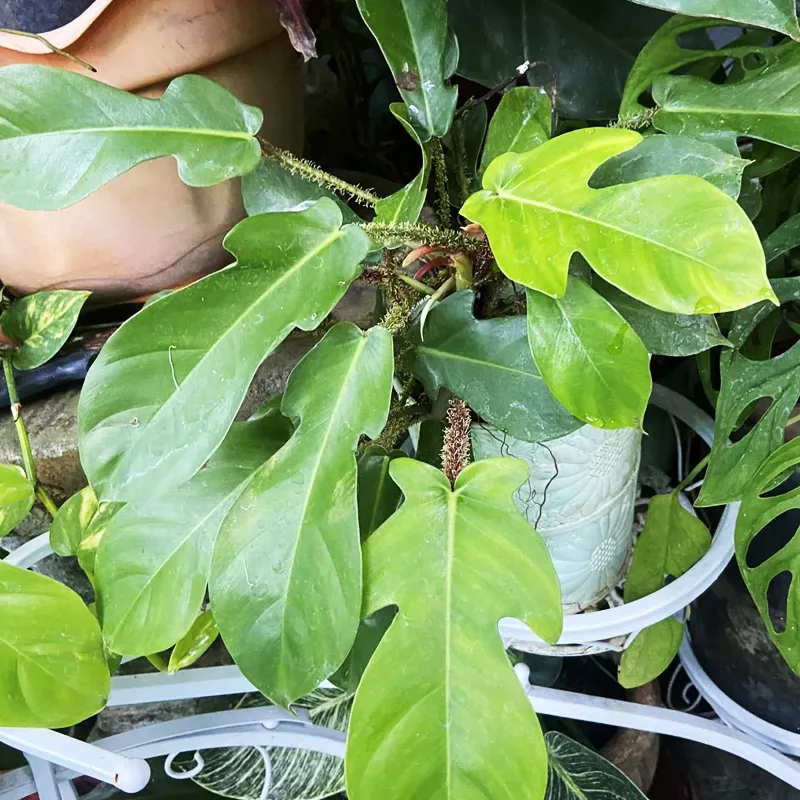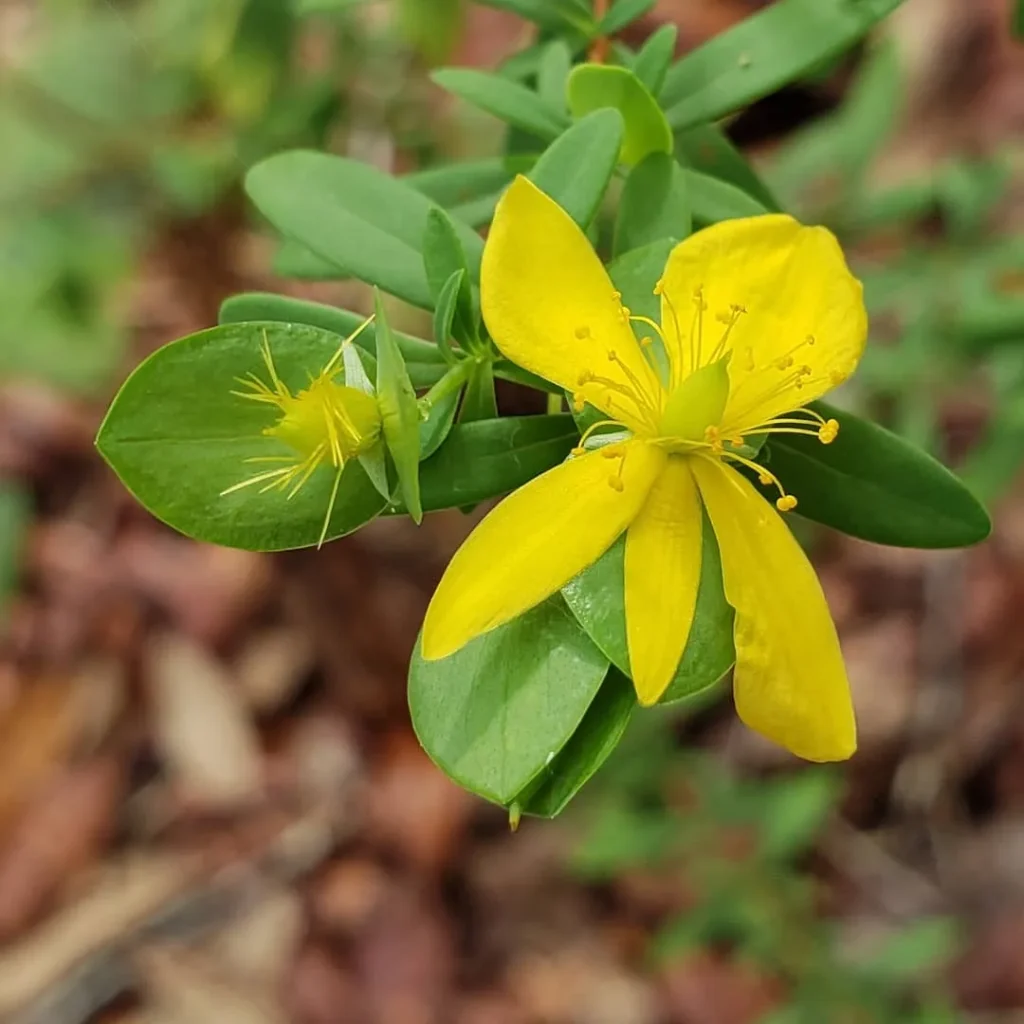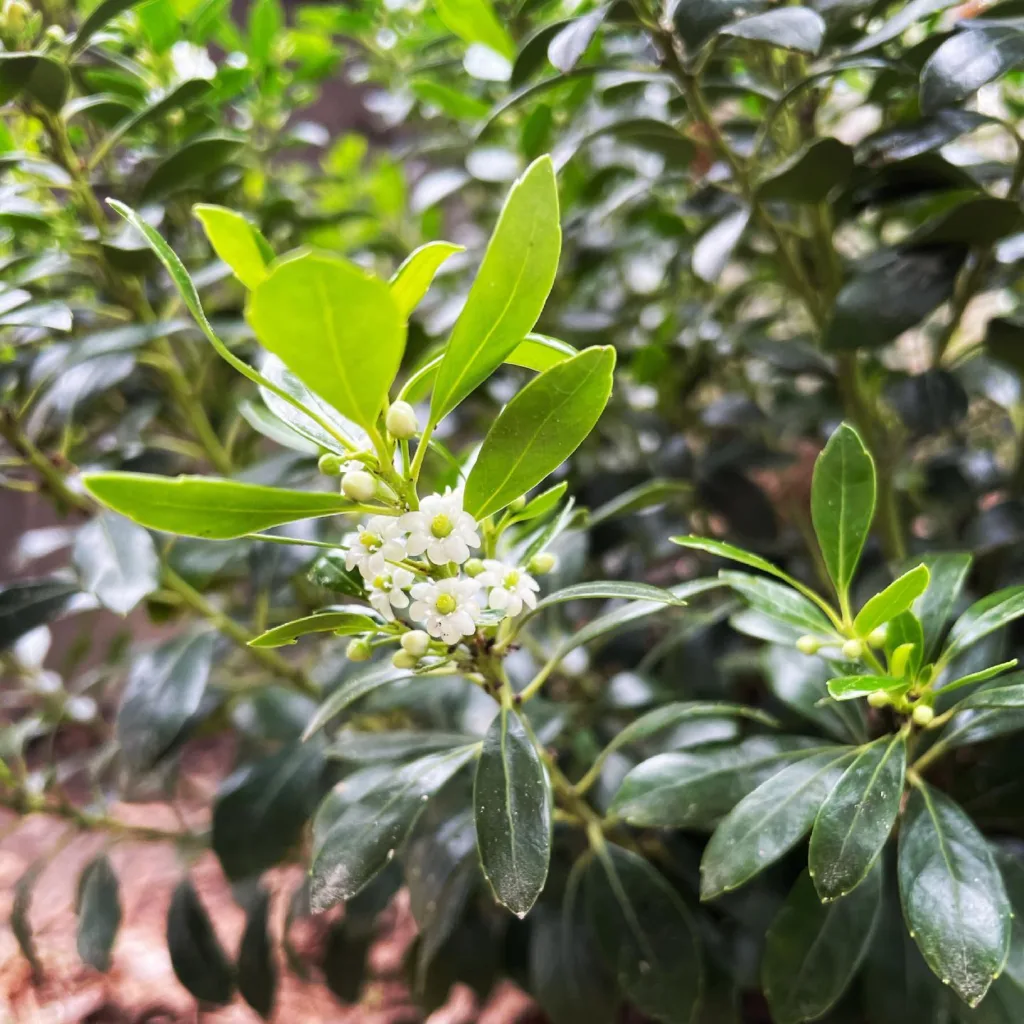FAQs About Carex Obnupta
When I first encountered Carex Obnupta, I was drawn to its unique appearance and versatile nature. This grass-like plant, often referred to as the Slough Sedge, is a fantastic addition to various garden settings. If you’re considering adding Carex Obnupta to your garden, here are some frequently asked questions and answers based on my experience.
2324 Species in Genus Carex
What Is Carex Obnupta?
Carex Obnupta, commonly known as Slough Sedge, is a perennial sedge native to North America. This plant thrives in wet, marshy environments and is known for its tufted, arching foliage. The leaves are narrow, green, and often have a striking contrast with their brownish seed heads. It’s an excellent choice for wetland gardens, rain gardens, and areas with poor drainage.
How to Care for Carex Obnupta?
Caring for Carex Obnupta is relatively straightforward. Here’s what you need to know:
- Watering: This plant thrives in wet conditions. Ensure the soil remains consistently moist. In drier periods, you may need to water it more frequently.
- Light Requirements: Carex Obnupta prefers partial to full shade but can tolerate some sun. In hotter climates, providing some shade can prevent leaf burn.
- Soil: It prefers well-draining, acidic to neutral soils. However, it’s adaptable to various soil types as long as moisture levels are maintained.
- Temperature: This sedge is quite hardy and can tolerate a range of temperatures, including cold winters.
How to Propagate Carex Obnupta?
Propagation of Carex Obnupta is best done through division:
- Timing: The best time to divide is in early spring or late summer when the plant is not actively growing.
- Method: Gently lift the plant from the ground and separate it into smaller clumps. Each clump should have healthy roots and shoots.
- Replanting: Replant the divisions immediately in a prepared site with adequate moisture.
Alternatively, Carex Obnupta can be grown from seeds, though this method is less common due to the plant’s slower growth from seed.
What to Plant with Carex Obnupta?
Carex Obnupta pairs well with other moisture-loving plants:
- Hostas: Their broad, lush leaves complement the fine texture of Carex Obnupta.
- Astilbes: These shade-loving perennials add vibrant color and contrast to the green foliage of the sedge.
- Lobelia: The trailing nature of Lobelia works well in wet areas alongside Carex Obnupta.
These companions create a diverse and visually appealing garden bed, especially in wetland or shade conditions.
Is Carex Obnupta Toxic?
Carex Obnupta is non-toxic to humans and animals. It’s a safe choice for gardens where children and pets are present. However, while it’s non-toxic, it’s always wise to discourage nibbling on garden plants to avoid any potential digestive issues.
Benefits of Carex Obnupta
- Erosion Control: Its dense root system helps stabilize soil, making it excellent for erosion control in wet areas.
- Wildlife Friendly: Provides habitat and food for various wildlife, including insects and small animals.
- Low Maintenance: Once established, Carex Obnupta requires minimal care, making it a low-maintenance addition to your garden.
Common Problems with Carex Obnupta
- Overwatering: Despite its love for moisture, excessive waterlogging can lead to root rot. Ensure proper drainage to avoid this issue.
- Pests: While generally pest-resistant, watch for occasional aphids or scale insects. Treat infestations promptly with appropriate measures.
- Fungal Diseases: In overly wet conditions, fungal diseases like leaf spot can occur. Improve air circulation and avoid overhead watering to reduce the risk.
Compare with Similar Plants
Carex Obnupta can be confused with other sedges and grasses:
- Carex Alata: Similar in appearance but prefers drier conditions. Carex Alata has broader leaves compared to the finer foliage of Carex Obnupta.
- Carex Grayi: Another sedge with a similar growth habit but different leaf texture and color. Carex Grayi tends to have a more upright form.
Conclusion
Carex Obnupta is a versatile and attractive plant that thrives in moist conditions. Its ease of care and unique appearance make it a valuable addition to any garden. By understanding its needs and benefits, you can enjoy its beauty and functionality in your outdoor spaces. Whether you’re planting it in a rain garden or a shaded woodland area, Carex Obnupta offers both aesthetic and practical benefits.
If i die, water my plants!



